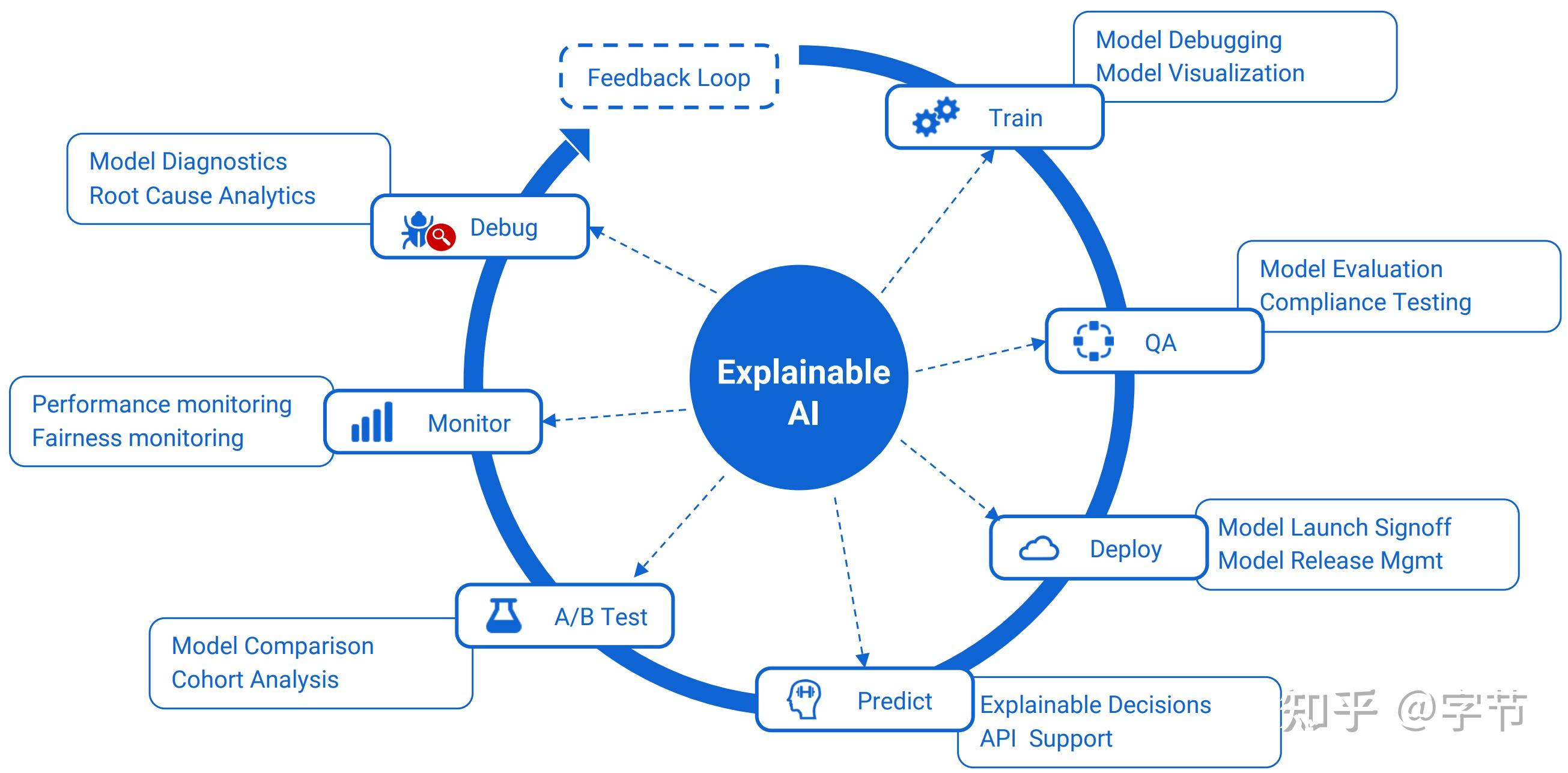|
In recent years, telemedicine has emerged as a game-changing technology that is transforming the healthcare landscape. With its ability to connect patients and healthcare providers remotely, telemedicine holds the promise of improving access to quality medical care, especially for those in underserved areas or with limited mobility. This article explores the various facets of telemedicine and its impact on the healthcare industry. Telemedicine, also known as telehealth, refers to the delivery of healthcare services using telecommunications technology. It encompasses a range of applications, including video consultations, remote monitoring, online diagnosis, and electronic health records. By leveraging advancements in communication technologies, telemedicine enables patients and healthcare professionals to interact in real-time without the need for physical proximity. One key advantage of telemedicine is improved accessibility. Geographical barriers are no longer a limitation, as patients can now consult with specialists from the comfort of their own homes. This is particularly crucial for individuals residing in rural or remote areas where healthcare resources may be scarce. Telemedicine also benefits patients with limited mobility or transportation options, making healthcare more convenient and inclusive. Moreover, telemedicine enhances the efficiency of healthcare delivery. By reducing the need for in-person visits, healthcare providers can streamline their workflows and allocate their time more effectively. Patients can receive prompt medical attention and avoid long wait times, leading to improved patient satisfaction. Furthermore, telemedicine offers the potential for better coordination among healthcare teams, enabling seamless collaboration and information sharing across different medical facilities. Another significant aspect of telemedicine is its impact on cost-effectiveness. Traditional healthcare encounters often involve overhead expenses related to infrastructure, staffing, and administrative tasks. Telemedicine minimizes these costs by eliminating the need for physical facilities and optimizing resource allocation. Additionally, remote consultations can reduce unnecessary hospital admissions and emergency room visits, resulting in substantial savings for both patients and healthcare systems. However, despite its numerous benefits, there are certain challenges to the widespread adoption of telemedicine. One major concern is ensuring patient privacy and data security in a digital environment. Robust encryption measures and strict adherence to privacy regulations are essential to maintain the confidentiality of sensitive health information. Additionally, not all medical conditions can be adequately addressed through remote consultations, as some cases may require physical examinations or complex procedures. In conclusion, telemedicine is revolutionizing healthcare by bridging geographical and logistical gaps. It offers improved access to medical care, increased efficiency, and cost-effectiveness. While challenges remain, ongoing advancements in technology and regulatory frameworks are paving the way for the continued growth of telemedicine. As this transformative tool becomes more integrated into everyday healthcare practices, it holds the potential to reshape the future of medicine and improve the well-being of individuals worldwide.  |
